GTHound
Active member
For mesuring your inside hole, you can make go/no-go pin! If you want your hole between *for example* 8 and 8.05mm you can make a go pin 7.98mm and a no-go of 8.05mm
For mesuring your inside hole, you can make go/no-go pin! If you want your hole between *for example* 8 and 8.05mm you can make a go pin 7.98mm and a no-go of 8.05mm
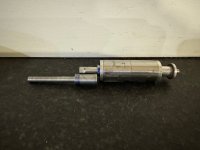
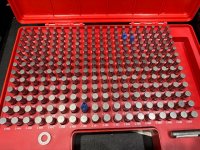
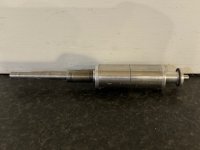
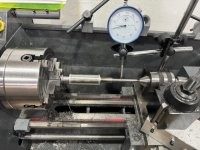
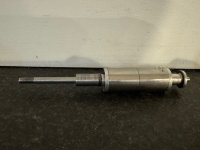
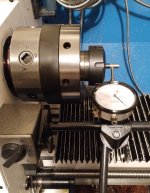
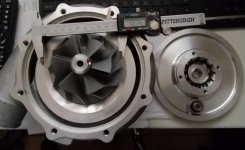
No I am not, but it should be sufficient for a significant enough improvement over stock, given that Alex has proved the efficiency level of an electric turbo to be about 40% more efficient in his platform than a traditional turbo, so 2 psi in an electric turbo will be very close to 100 percent of its value vs. 2psi from a traditional turbo minus the energy used to drive it and additional heat.Are you sure 5kw is enough power to supply the mass flow and pressure of air you require?
That's a win because an electric 2 psi is a lot more than a traditional turbo 2psi. I also have a modern engine management system to learn the tuning ropes on. Unlike OBD 1, OBD 2 engine management is torque based and not as straightforward as OBD 1. Torque based systems limit engine power and when the computer detects the motor is making considerably more power than it's programmed for it detunes the motor by closing the throttle down along with other parameters to bring performance back down into spec range. That's the problem many early modifiers of the torque based systems had to overcome in order to successfully boost these operating systems. Drive by wire means you have a computer limitation in that it decides how much of your throttle input it's going to apply.With 5kw I think you will produce about 2 to 2.5 lbs of boost at 3000rpm. Proportionally more or less depending on engine speed
Dont forget that you will need a bypass at high RPM otherwise you will loose power over N/A due to the pressure drop through the compressor at high air mass flowrateThat's a win because an electric 2 psi is a lot more than a traditional turbo 2psi. I also have a modern engine management system to learn the tuning ropes on. Unlike OBD 1, OBD 2 engine management is torque based and not as straightforward as OBD 1. Torque based systems limit engine power and when the computer detects the motor is making considerably more power than it's programmed for it detunes the motor by closing the throttle down along with other parameters to bring performance back down into spec range. That's the problem many early modifiers of the torque based systems had to overcome in order to successfully boost these operating systems. Drive by wire means you have a computer limitation in that it decides how much of your throttle input it's going to apply.

The link to the ESC was very helpful to me as I'm trying to decide on what high range voltage to run for a balance between practically priced ESCs that can handle the current loads dependably and a battery configuration that is high voltage, high capacity and easy to obtain in quality used hybrid form.@GTHound I'm new here, but I too am trying to go down the direct drive route and have a couple questions/comments.
First, amazing work! It seems that the biggest challenge (mechanically) for direct drive is the shaft extension. It made me think of this guy's video:
Electric Turbo/Supercharger Challenge
It seems he's mounting the compressor wheel right on the motor shaft with Loctite! Certainly not as elegant, but I think this is going in the right direction having the compressor wheel as close to the motor as possible. Maybe mount your motor inside the backplate rather than spaced out behind it?
The down side is no space for an additional bearing, and I think you're on to something about thrust loads, which i don't think these motors are designed for. RC plane motors might be? But I haven't seen anything this big with max speeds above 50k...
Just some brain storming. Have you already considered this? Also is this Wessel Els fella here on the forums?
*Edit* - he is on here and has one post where he answered some questions:
https://www.electrifiedboost.com/th...annel-uc-bflzumpusi_czwlhgmsyw.136/#post-1981
And it looks like the motor he is using (Typhoon 700-98 2300kv? from a youtube comment) is indeed a plane motor, which seem to produce 5-10kg of thrust. I wonder what kind of loads a compressor sees. Time to break out the text books...
